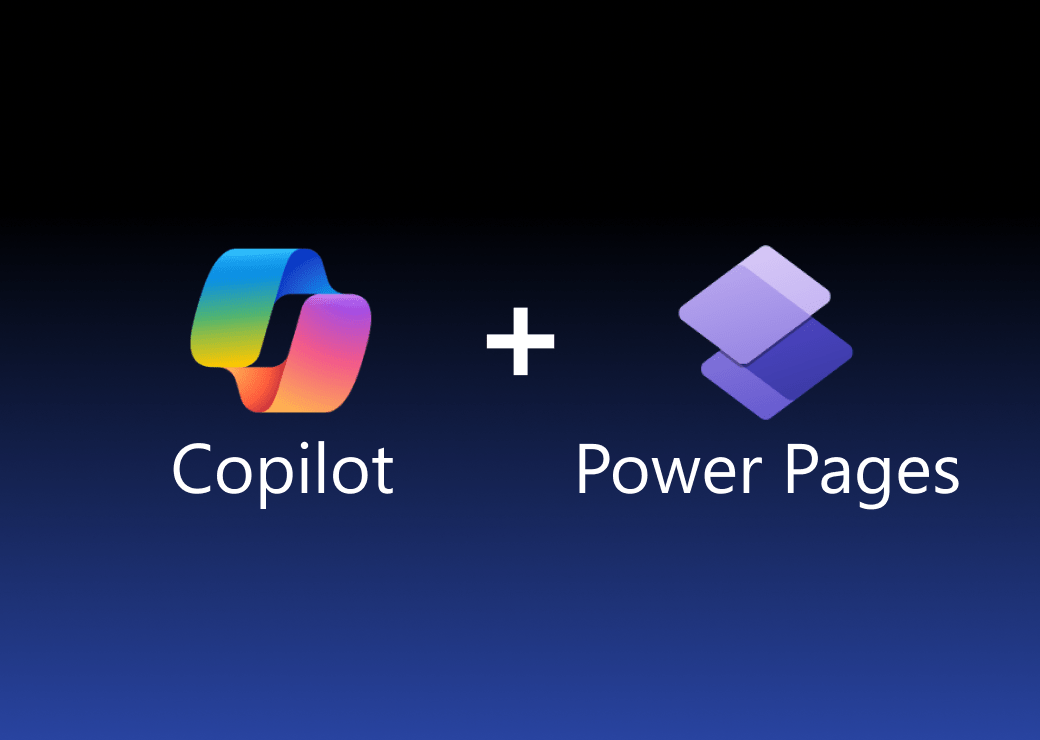In the ever-evolving landscape of technology and business automation, Microsoft has introduced a game-changer that is set to revolutionise how we approach data-driven applications and workflows. This transformative tool is none other than Microsoft CoPilot, a state-of-the-art generative AI designed to seamlessly integrate into the Power Platform ecosystem. Today, we delve into the capabilities of CoPilot, focusing on how it can be utilized to create and update Power Automate flows with unprecedented ease and efficiency.
Watch the full tutorial here
What is Microsoft CoPilot?
For the uninitiated, CoPilot is an innovative generative AI tool engineered to work harmoniously within the Power Platform, encompassing Power BI, Power Apps, and, importantly, Power Automate. Its primary objective is to enable users to construct and manage data-driven applications and workflows using intuitive natural language commands. This leap forward in technology signifies a shift towards more accessible, user-friendly programming, opening up a world of possibilities for both seasoned developers and novices alike.
The significance of Power Automate
Power Automate stands out as a critical component of the Power Platform, offering users a robust framework for automating workflows and business processes across various applications and services. From simple notifications and data collection to complex business processes involving multiple steps and conditions, Power Automate simplifies the automation landscape, making it accessible to a broader audience.
Integrating CoPilot into Power Automate
The integration of CoPilot into Power Automate is a testament to Microsoft’s commitment to innovation and accessibility in technology. By leveraging CoPilot’s capabilities, users can now articulate their automation needs in natural language, from which CoPilot can generate or update flows. This integration not only enhances productivity but also democratizes access to advanced automation capabilities.
Step-by-Step Guide to Creating Flows with CoPilot
1. Accessing CoPilot in Power Automate
Begin by navigating to the Power Automate platform. If you’re new to Power Automate, you’ll need to sign in with your Microsoft account. Once logged in, locate the CoPilot feature within the interface. This might require enabling specific settings or updates, depending on your current setup.
2. Defining your automation needs
The key to effectively using CoPilot lies in clearly articulating your automation requirements. This could range from simple tasks like automating email notifications based on certain triggers to more complex workflows involving multiple data sources and conditions. Take a moment to define what you need your flow to achieve.
3. Inputting natural language commands
With your automation needs in mind, turn to CoPilot and input your requirements using natural language. For example, you could say, “Create a flow that sends an email notification whenever a new entry is added to my SharePoint list.” CoPilot’s AI will interpret your command and begin the process of creating the flow.
4. Reviewing and refining the generated flow
Once CoPilot generates the initial flow, it’s crucial to review and refine it. This step ensures that the flow accurately meets your specified requirements and functions as intended. CoPilot facilitates this by allowing for easy modifications and updates through natural language commands.
5. Testing and deploying your flow
After finalising your flow, the next step is to test it to ensure it operates correctly. Power Automate provides tools and features for testing flows in a controlled environment. Once satisfied with the performance, you can deploy your flow, automating your process as intended.
6. Updating and managing flows with CoPilot
One of the advantages of using CoPilot is the ease with which you can update and manage existing flows. Should your automation needs change, simply instruct CoPilot to modify your flow accordingly, ensuring your automations remain aligned with your business processes.
The future is now: Embracing AI in automation
The integration of CoPilot into Power Automate represents a significant milestone in the journey towards more intuitive, accessible, and powerful automation solutions. By bridging the gap between complex programming requirements and user-friendly interfaces, CoPilot empowers users to harness the full potential of their data and processes.
As we continue to explore and push the boundaries of what is possible with generative AI in automation, it’s clear that tools like CoPilot will play a pivotal role in shaping the future of business process automation. Whether you’re looking to streamline simple tasks or orchestrate complex workflows, CoPilot and Power Automate offer a potent combination of tools to achieve your goals with unprecedented ease and efficiency.
In conclusion, the journey into the world of AI-driven automation with Microsoft CoPilot and Power Automate is not just about enhancing productivity; it’s about reimagining the possibilities of what we can achieve. So, take the first step today and explore how CoPilot can transform your approach to automation.


